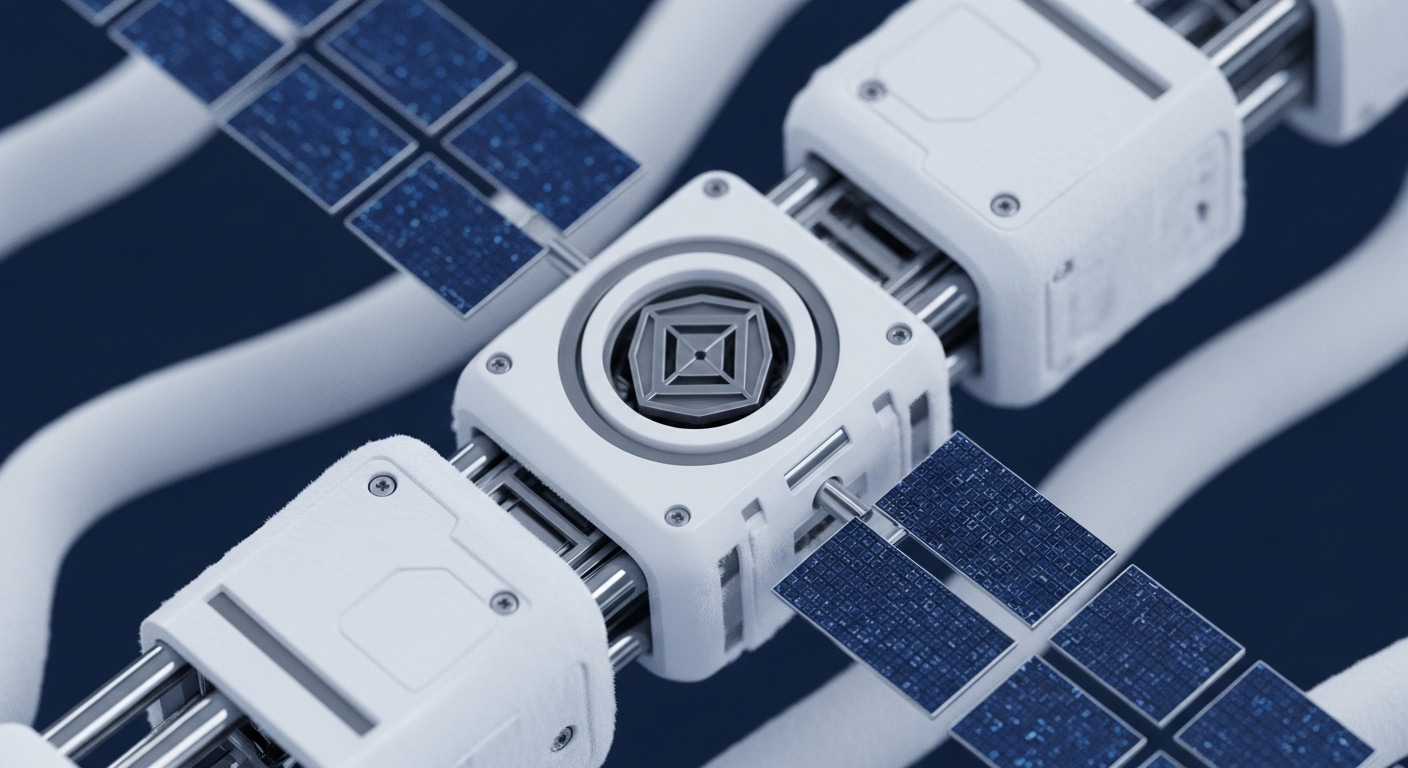
Briefing
Uniswap V4, the latest iteration of the leading Automated Market Maker, has launched, fundamentally altering the architecture of decentralized liquidity. The primary consequence is the introduction of ‘Hooks,’ a mechanism allowing developers to inject custom logic at critical points of a pool’s lifecycle, thereby enabling novel, capital-efficient strategies like on-chain limit orders and dynamic fees. This structural upgrade is immediately validated by its traction, with migration averaging $7 million in Total Value Locked (TVL) per day in the first two weeks of its multi-chain deployment.

Context
The previous AMM standard, V3, solved the capital efficiency problem through concentrated liquidity but introduced complexity and lacked protocol-level extensibility. Developers seeking to build advanced features ∞ such as custom fee structures, time-weighted average price (TWAP) oracles, or automated rebalancing ∞ were forced to build wrapper contracts around the core pools. This approach fragmented liquidity, increased gas costs due to multiple external calls, and created a rigid environment where innovation was layered on top of the protocol, not within it, limiting the design space for new financial primitives.

Analysis
The V4 architecture directly addresses this fragmentation by introducing two core concepts ∞ the Singleton Contract and Hooks. The Singleton Contract consolidates all liquidity pools into a single, optimized contract, which reduces the cost of a swap by up to 30% through internal “flash accounting” that minimizes token transfers. Hooks are external smart contracts that plug directly into the pool’s execution flow, enabling a pool to be customized with logic that runs before or after any core action (e.g. a swap or liquidity deposit).
This alters the system by shifting control from the core team to the developer ecosystem, transforming the AMM from a rigid primitive into a modular operating system for liquidity. The cause-and-effect chain for the end-user is lower transaction costs and access to a wider array of sophisticated, integrated trading strategies, while competing protocols must now adopt similar modularity to maintain a competitive moat in developer-centric innovation.

Parameters
- Gas Fee Reduction ∞ Up to 30%. Explanation ∞ Achieved by consolidating all pools into a single Singleton Contract and using flash accounting, which minimizes token transfers.
- Initial TVL Migration ∞ $7 million per day. Explanation ∞ The average daily value of assets moved from older versions to V4 in the first two weeks post-launch.
- Core Customization Feature ∞ Hooks. Explanation ∞ External contracts that allow developers to inject custom logic at key points in a pool’s lifecycle.
- Deployment Scope ∞ 12 Chains. Explanation ∞ The number of blockchain networks, including Ethereum and various Layer-2s, where the V4 protocol was initially deployed.

Outlook
The next phase will involve the proliferation of specialized, hook-enabled pools, which will serve as a new foundational building block for other DeFi dApps. The open-source nature of the protocol ensures competitors will attempt to fork the modular design, yet Uniswap’s first-mover advantage and network effects in liquidity concentration provide a significant defensive moat. This innovation transforms the AMM into a true platform, enabling the creation of novel financial primitives ∞ like automated delta-neutral vaults or customized token bonding curves ∞ that were previously too costly or complex to implement on-chain.

Verdict
The introduction of V4 Hooks establishes a new, higher standard for decentralized exchange composability, cementing the protocol’s position as the core liquidity engine for the entire application layer.
